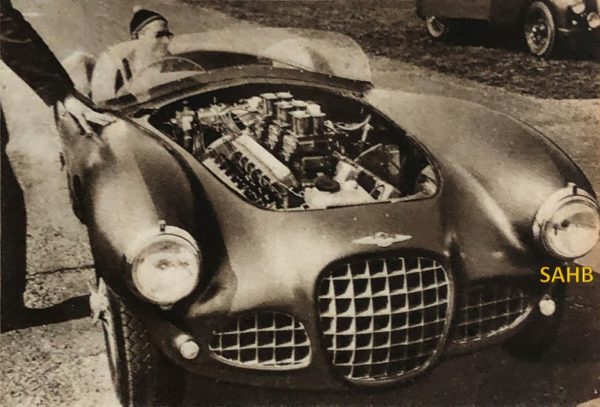
The man sitting in the cockpit of the car in our Snapshot is David Brown. It was his ambition that led to the construction and campaigning of this car, the 1954 Lagonda V12 – a campaign that would end in failure but that would arguably spawn far more successful Aston Martins on road and track.
In 1947 Brown had bought Lagonda, and with it the W.O. Bentley/Willie Watson 6-cylinder LB6 engine that would go on to power the Aston Martin DB2. But David Brown wanted Lagonda for more than just the engine: he believed that the Lagonda name could be attached to a range of road cars that would rival such exalted marques as Bentley. To support this aim, Brown looked back to the pre-war racing successes of Lagonda (including their victory at Le Mans in 1935) and decided to revive the Lagonda name in post-war racing. If it could use a new, larger engine that could also power a world-beating luxury road car, so much the better.
The result was the V12 Lagonda, works designation DP115, designed by Willie Watson and first tested around March 1954 at Chalgrove airfield in Oxfordshire. The engine was based on the design of the straight six and featured double overhead camshafts and two plugs per cylinder. Unlike the six-cylinder, there was no cast iron in the engine; heads and crankcase were in aluminium. Three 40mm four-choke downdraft carburettors sat within the V. It was also the first post-war Aston Martin engine with dry-sump lubrication. It had very modern short-stroke dimensions of 82.5mm bore and 69.8mm stroke, for 4,486cc.
This impressive specification had, however, a fatal flaw. The design of the lower crankshaft followed that of the LB6, but with its aluminium rather than iron construction the block expanded away from the main bearings as they heated up, with a resultant loss of oil pressure. This issue forced limitations to maximum revolutions and therefore power.
The chassis was based on the 1953 DB3S with its trailing-arm front suspension and efficient and compact torsion bars. The limited-slip ZF differential sat inside De Dion rear suspension. The wheelbase was extended, leading to lack of rigidity and uncertain handling.
The car was first tested in March 1954 at Chalgrove airfield in Oxfordshire. There was at some point an engine fire, leading later to a scathing comment by team director John Wyer, never convinced by the design of the car: ‘Nobody was hurt and the car, unhappily, also escaped serious injury.’
The car was repaired for the sports car race at Silverstone in May 1954, where Reg Parnell came fifth. But even here, oil pressure problems forced a rev limit.
Two Lagondas were built, and one raced at Le Mans in 1954. Eric Thompson was lying in a creditable third place after two hours, but the car’s poor handling in the wet conditions probably contributed to a violent spin and an excursion from the track. Thompson did get the car back to the pits, but the damage was too severe. Sadly, all the Astons, too, either crashed or failed in the race.
The second DP115 appeared later in a support race for the British Grand Prix and finished fourth behind three Astons. That was the last time that either car raced in period.
David Brown refused to abandon the V12 engine. For the 1955 season he commissioned two cars, DP166, with a multi-tubular spaceframe/backbone chassis. One raced at Le Mans and retired after 94 laps with fuel feed problems. But the two DP166 backbone chassis were later used in the far more successful Aston Martin DBR2s.
Photo courtesy of The Richard Roberts Archive.
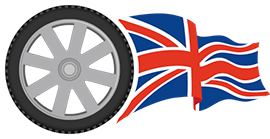


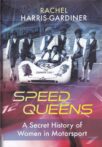
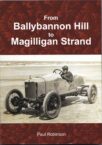
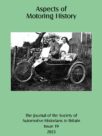
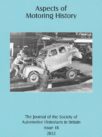
There was only one v12 car completed in 1954 and was chassis no 115/1 which believe it or not wore the same altered body for all the testing and also races including the July Silverstone race.